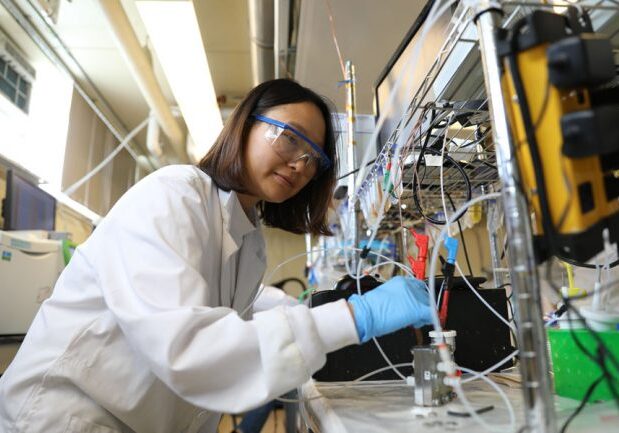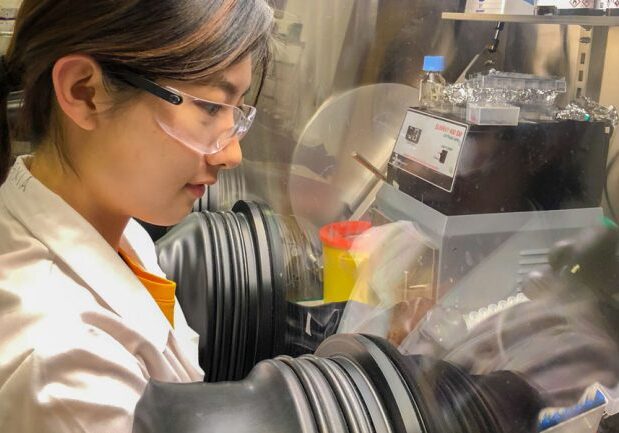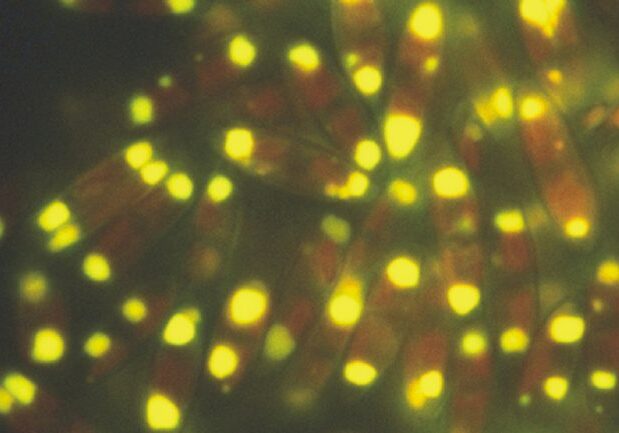
Food for thought: Climate change could impact omega-3 levels worldwide
Computer simulations suggests that warming ocean temperatures could limit the ability of algae to produce a key nutrient

Why don’t more Torontonians cycle to work?
New U of T Engineering study maps cycling stress levels and accessibility across the city

This U of T Engineering alumna spotted a blemish in the skincare industry — and started her own company to tackle it
Laura Burget shares her experience launching natural beauty line NIU BODY and how a fourth-year class inspired her entrepreneurial journey

Researcher’s review of oil sands monitoring lays groundwork to reduce environmental impact
U of T Engineering professor Jeffrey Brook gives in-depth report on recent monitoring work in Alberta oil sands, highlighting gaps and challenges in current environmental monitoring efforts
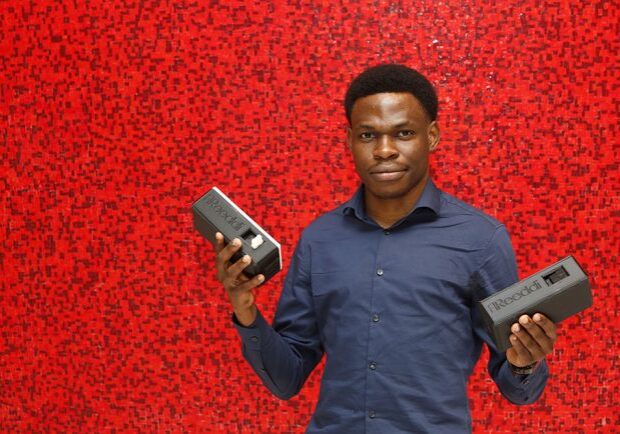
Putting power in the hands of the people
Alumnus Olugbenga Olubanjo is the founder of Reeddi Inc., a startup that brings clean, affordable and portable power to the people of Nigeria
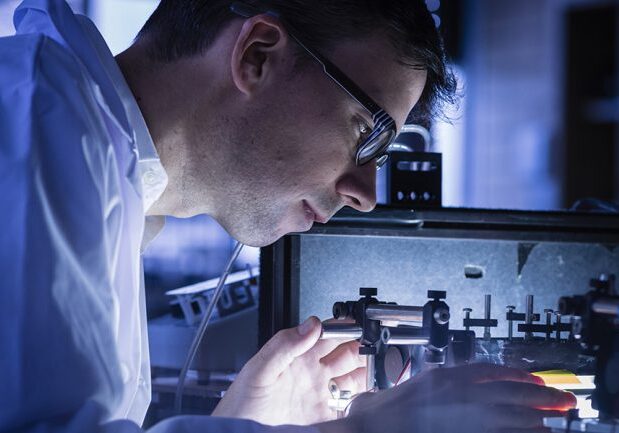
U of T Engineering professors and alumni honoured by Canadian Academy of Engineering
Professors Milos Popovic and David Sinton, along with alumni Jeffrey Karp and Halim Yanikomeroglu, are among the CAE’s 49 new fellows
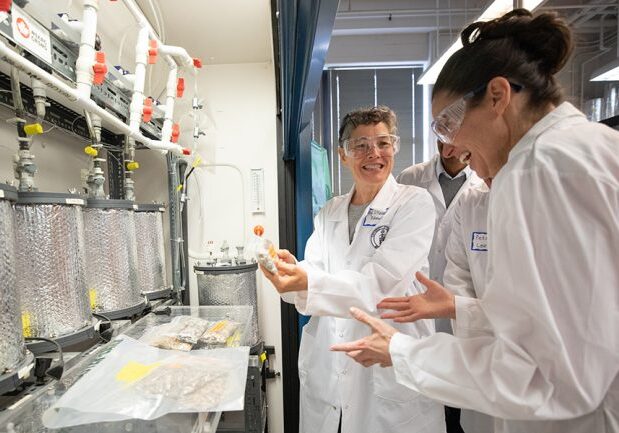
Elizabeth Edwards named University Professor, U of T’s highest academic rank
U of T’s highest academic rank is limited to 2% of the University’s tenured faculty

